Date: 27-06-2024
1. Rapid Application Development (RAD) Tools
Rapid Application Development (RAD) tools enable developers to build applications quickly by automating repetitive processes and providing pre-built components.
- Examples: Flutter, React Native
- Benefits: Enhances productivity, reduces development time
- Case Studies: Successful apps developed using RAD
2. Low-Code/No-Code Platforms
Low-code/no-code platforms empower non-technical founders and startups to create apps without extensive programming knowledge.
- Examples: AppSheet, OutSystems
- Advantages: Rapid prototyping, easy integration
- Integration: Capabilities with existing systems
3. Artificial Intelligence (AI) and Machine Learning (ML)
AI and ML technologies are transforming mobile apps by enabling advanced features like personalization and predictive analytics.
- Applications: Personalization, predictive analytics, chatbots
- Tools: TensorFlow, PyTorch
- Case Studies: AI-driven mobile apps
4. Internet of Things (IoT) Integration
The Internet of Things (IoT) integration in mobile apps is expanding, with apps now connecting to smart devices and sensors.
- Examples: Smart home apps, health monitoring apps
- Tools: IoT platforms like AWS IoT, Google Cloud IoT
- Impact: Enhancing user experience and automation
5. Augmented Reality (AR) and Virtual Reality (VR)
AR and VR are gaining traction in mobile apps, offering immersive experiences in gaming, retail, and education sectors.
- Tools: ARKit, Unity for AR/VR development
- Applications: Gaming, virtual tours, product visualization
- Future Trends: Advancements in AR glasses, mixed reality
6. Blockchain Technology
Blockchain technology is being integrated into mobile apps for secure transactions and decentralized applications.
- Examples: Cryptocurrency wallets, supply chain tracking apps
- Tools: Hyperledger, Ethereum for blockchain integration
- Benefits: Transparency, immutability, and security
7. Cross-Platform Development
Cross-platform development allows apps to run on multiple operating systems with a single codebase, reducing development time and cost.
- Examples: Xamarin, Flutter, React Native
- Advantages: Code reusability, faster deployment
- Considerations: Performance optimization for each platform
8. DevOps and Continuous Integration/Continuous Deployment (CI/CD)
DevOps practices and CI/CD pipelines are crucial for maintaining quality and accelerating app delivery cycles.
- Tools: Jenkins, GitLab CI/CD, CircleCI
- Benefits: Automated testing, faster feedback loops
- Implementation: Best practices for seamless integration
9. Security and Privacy Considerations
Ensuring app security and privacy is paramount, with tools and frameworks addressing vulnerabilities and regulatory compliance.
- Tools: OWASP Mobile Top 10, Mobile Device Management (MDM)
- Compliance: GDPR, CCPA, and other data protection regulations
- Implementation: Secure coding practices and regular audits
10. User Experience (UX) Design Tools
UX design tools help in creating intuitive and engaging interfaces that enhance user satisfaction and retention.
- Tools: Sketch, Adobe XD, Figma
- Process: User testing, feedback incorporation
- Importance: Aligning design with user needs and business goals
Case Studies and Examples
Explore detailed case studies of successful mobile apps in various industries, highlighting the impact of innovative app development tools.
Future Outlook
Look ahead to predictions for mobile app development tools beyond 2024, including emerging technologies and their potential impact.
Conclusion
Summarize key trends and insights discussed, emphasizing the importance of leveraging the right tools for handyman app development company success in 2024 and beyond.
Your choice of weapon
Build your Apps for any Platform
We to code. It's our passion



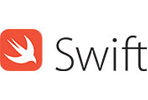
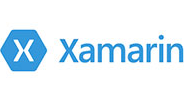
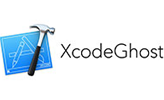

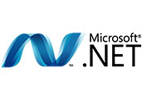
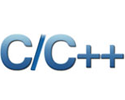

you can also reach us at our given
email address or phone number.




